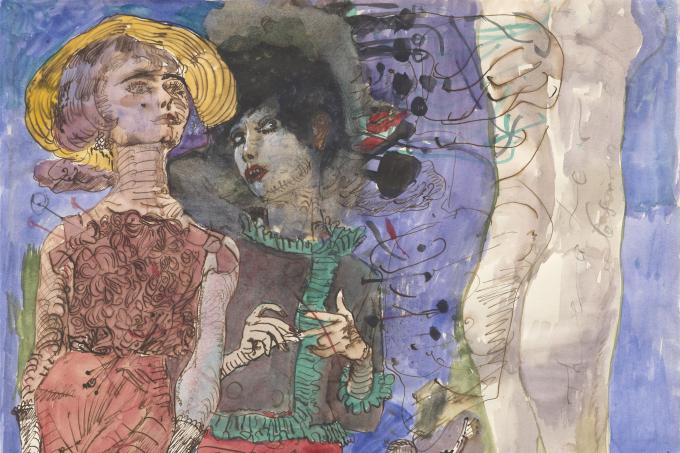Werner Tübke. Metamorphoses
2 JULY TO 28 SEPTEMBER 2025
Exhibition Hall of the Department of Prints and Drawings

Social Media
Social Networks
Films
-
-
 10.10.2025: Carl Schuch und Frankreich | Jetzt im STÄDEL
10.10.2025: Carl Schuch und Frankreich | Jetzt im STÄDEL
-
 19.09.2025: Lasst uns reden – Städel Gespräche | Die Macht der Bilder
19.09.2025: Lasst uns reden – Städel Gespräche | Die Macht der Bilder
-
 18.09.2025: Art meets science! 🖼️🌊
18.09.2025: Art meets science! 🖼️🌊
-
 16.09.2025: Was bewegt Asta Gröting?
16.09.2025: Was bewegt Asta Gröting?
-
 28.07.2025: Gastkommentar: Kunst und Meeresforschung
28.07.2025: Gastkommentar: Kunst und Meeresforschung
-
 23.07.2025: How does an exhibition come together?
23.07.2025: How does an exhibition come together?
-
 17.07.2025: Annegret Soltau's photo stitchings
17.07.2025: Annegret Soltau's photo stitchings
-
 03.07.2025: Werner Tübke. Metamorphosen
03.07.2025: Werner Tübke. Metamorphosen
-
 01.07.2025: Pregnancy and motherhood in Annegret Soltau's art
01.07.2025: Pregnancy and motherhood in Annegret Soltau's art
-
 23.05.2025: Unzensiert. Annegret Soltau – Eine Retrospektive
23.05.2025: Unzensiert. Annegret Soltau – Eine Retrospektive
-
